AMD Ryzen 7 9800X3D Quick Review
Post created by: @Ivica 2 months ago.
AMD Ryzen 7 9800X3D Quick Review
Key Zen 5 Architecture Highlights
- Zen 5 CCDs built on the 4nm TSMC N4P process.
- 22% power improvements and 16% better IPC compared to Zen 4. (So they say)
Cache Improvements
- Enlarged 48 KB L1 data cache (up from 32 KB in Zen 4).
- Doubling associativity and bandwidth of the 1 MB L2 cache.
- Shared 32 MB L3 cache per CCD with reduced latency.
Integer & Floating Point Units
- Integer engine features 8-wide dispatch and 6 ALUs.
- Floating Point Unit supports AVX-512 on a full 512-bit data path, doubling throughput over Zen 4.
Granite Ridge Package
- Uses the client I/O die (cIOD) from Zen 4, built on the 6nm node.
- Supports DDR5-5600, PCIe 5.0, and a basic RDNA 2-based iGPU.
- Core configurations range up to 16-core/32-thread (e.g., Ryzen 9 9950X).
- Improvements in branch prediction, execution pipelines, and load/store efficiency.
Focus of Granite Ridge Architecture
- Optimized for single-thread performance.
- Efficient thermal design.
- Forward compatibility with AI-related workloads.
Key Facts About the AMD Ryzen 7 9800X3D
Architecture
The Ryzen 7 9800X3D introduces the Zen 5 microarchitecture combined with second-generation 3D V-Cache technology. This improves thermals and enables overclocking capabilities, similar to the regular Ryzen 9000 series chips. AMD has redesigned the stacking method by placing the L3D as a base tile under the CCD, enhancing heat dissipation and efficiency.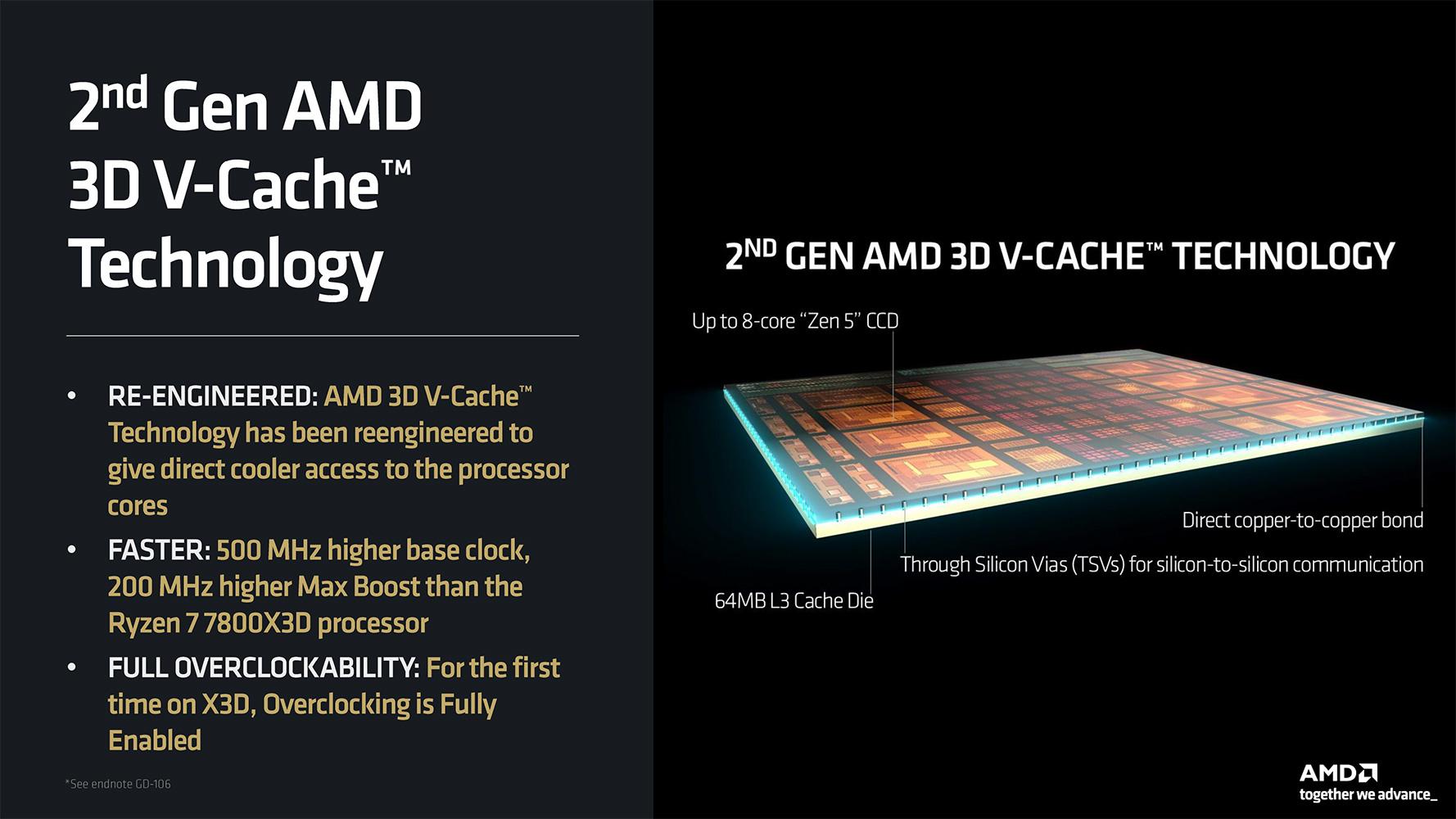
3D V-Cache
- Second-generation technology with stacked cache placed beneath the cores for better cooling and higher clock speeds.
- Total cache: 104 MB:
- 8 MB L2 cache.
- 96 MB L3 cache, with 64 MB as 3D V-Cache.
Performance
- Cores/Threads: 8 cores, 16 threads.
- Clock Speeds:
- Base clock: 4.7 GHz.
- Boost clock: up to 5.2 GHz.
- TDP: 120 watts.
Memory Support
- Supports DDR5 memory with speeds up to 5,600 MHz.
- Compatible with the AM5 socket for wide motherboard compatibility.
Overclocking
- Unlocked for enthusiasts to enhance performance.
Ryzen 7 9800X3D Actual Performance
Compared to the 7800X3D, the previous gaming king, The Ryzen 7 9800X3D is, on average, 11% faster in computing tasks such as rendering, encoding, and archiving. It is also 10% faster on average in gaming at 1080p resolution, though this can fluctuate between 0% and 25% depending on the game. The main reason for this performance boost is the higher TDP, thanks to the redesigned stacking method, where the L3D cache is now positioned below the CCD. This greatly improves heat dissipation on the cores, allowing for a higher TDP.
On the downside, it is less efficient than its predecessor, the 7800X3D, which was one of the most efficient CPUs on the market. Despite this, the 9800X3D remains quite an efficient processor.
This processor presents one conundrum: there is no single "best" CPU for all tasks as of the time of writing. While the 9800X3D is the best for gaming, it is not the top performer for other workloads, where it ranks at 62% of the speed of the fastest processor in our table, the Ryzen 9 9950X.
When the Ryzen 9 9950X3D is released, it is expected to be the best overall CPU on the market. However, I don’t believe it will be faster in gaming than the 9800X3D due to its 2 CCDs and the latency between them, which will slow things down somewhat. Additionally, only one CCD will feature 3D V-Cache, while the other will not. Performance in such cases could be improved with better software optimization for specific workloads.
For a more detailed comparison, you can refer to our CPU Charts and CPU Tables.
At the end here are some picture from official AMD presentation.
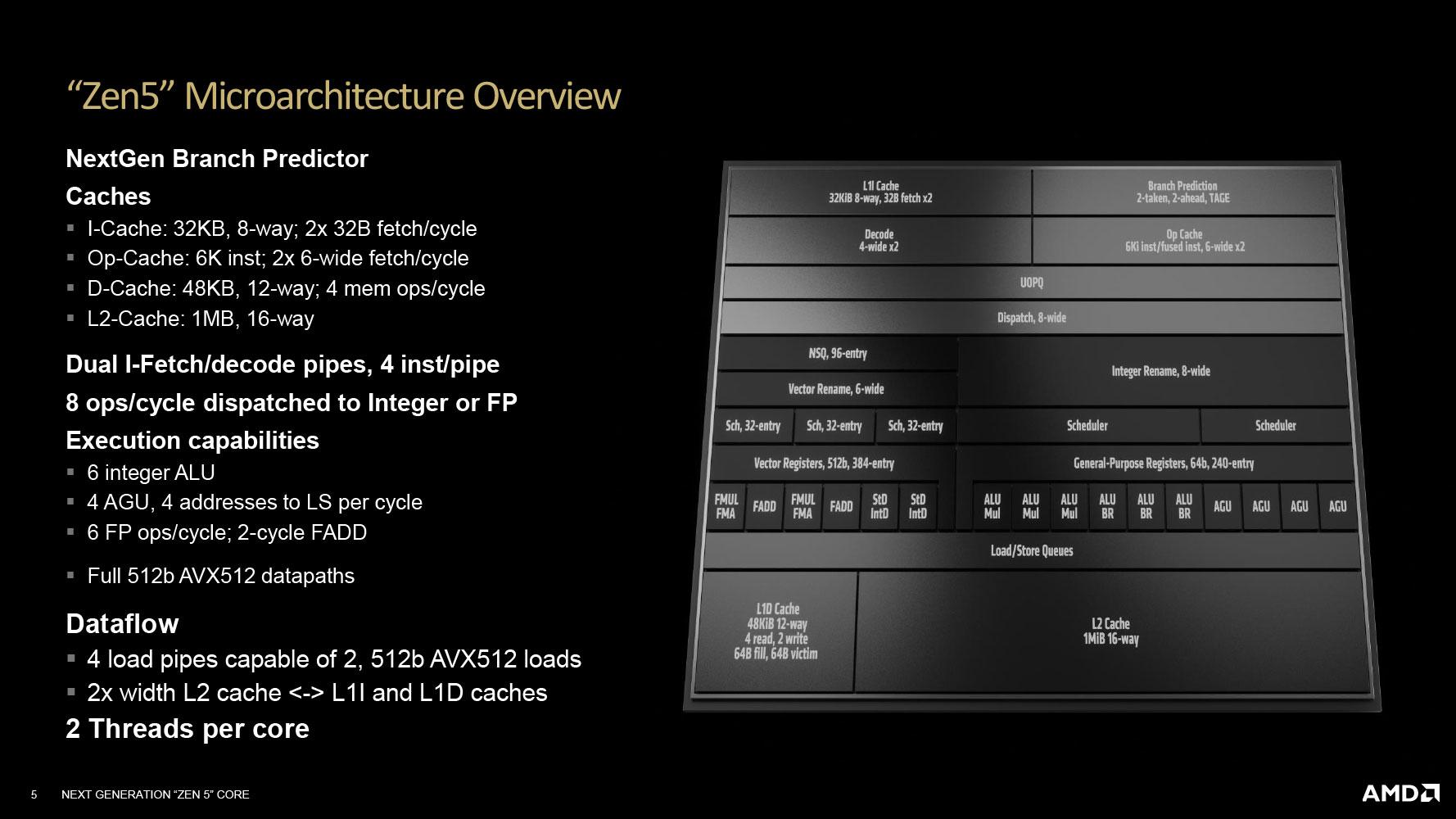
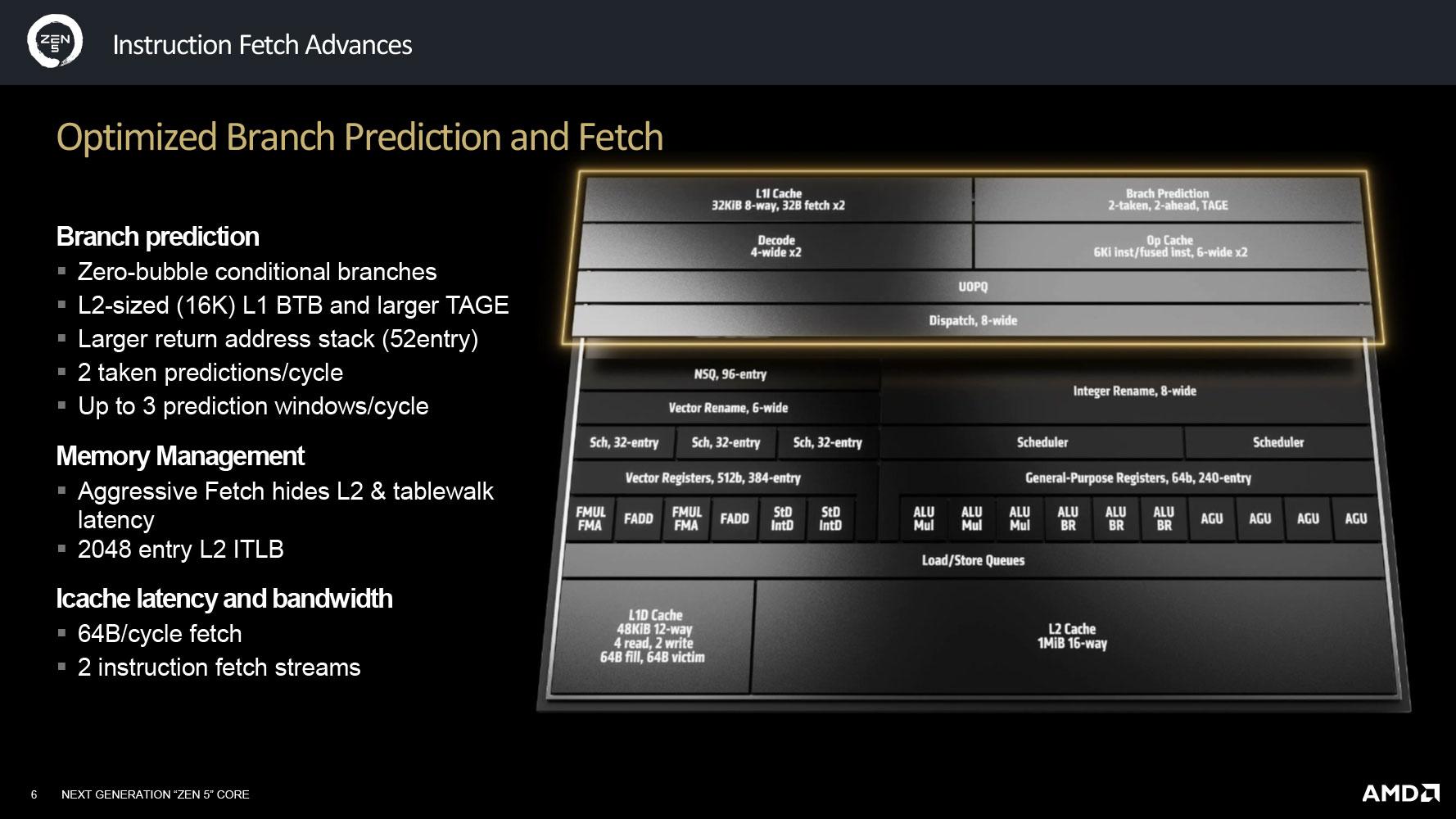
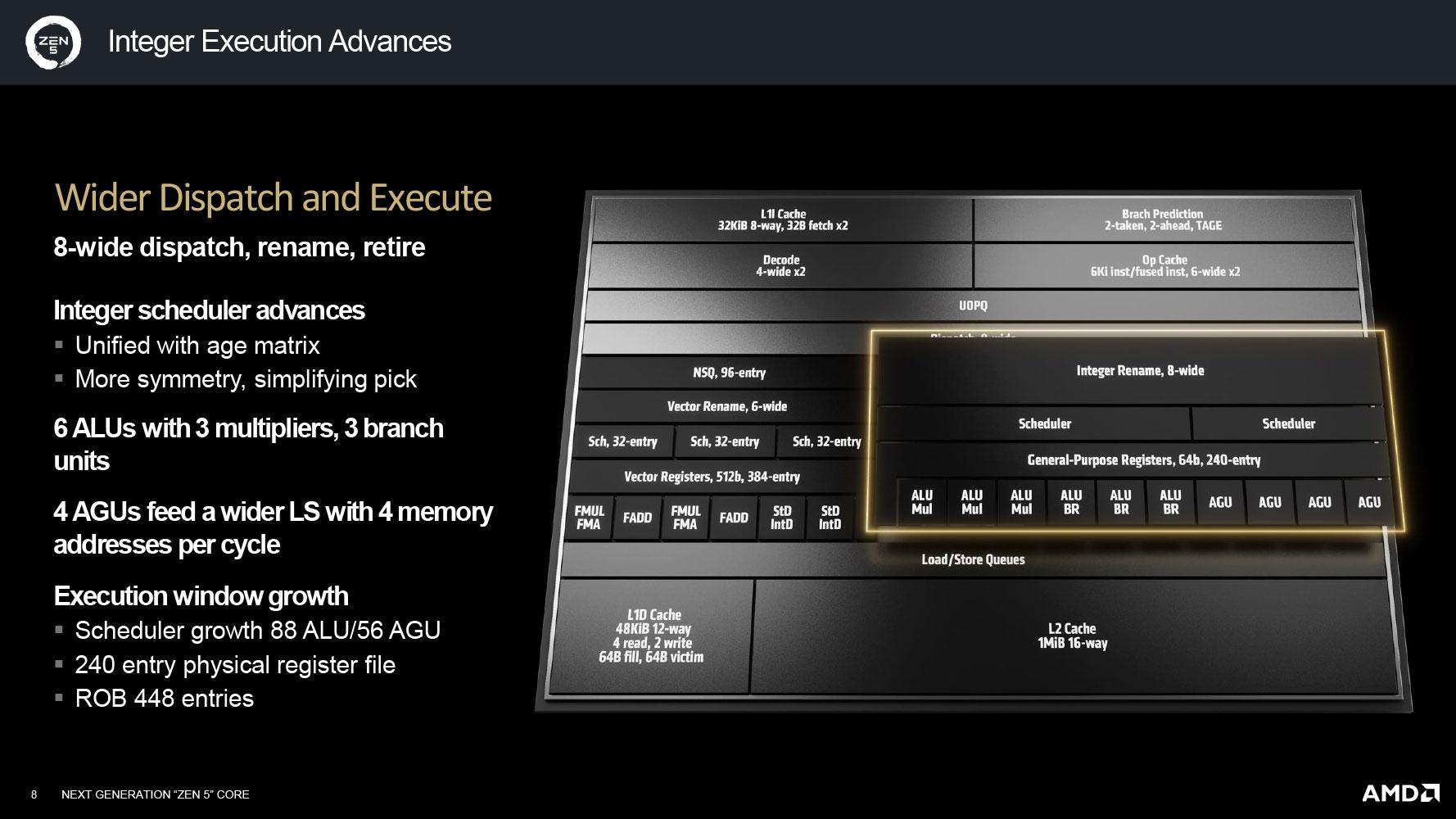

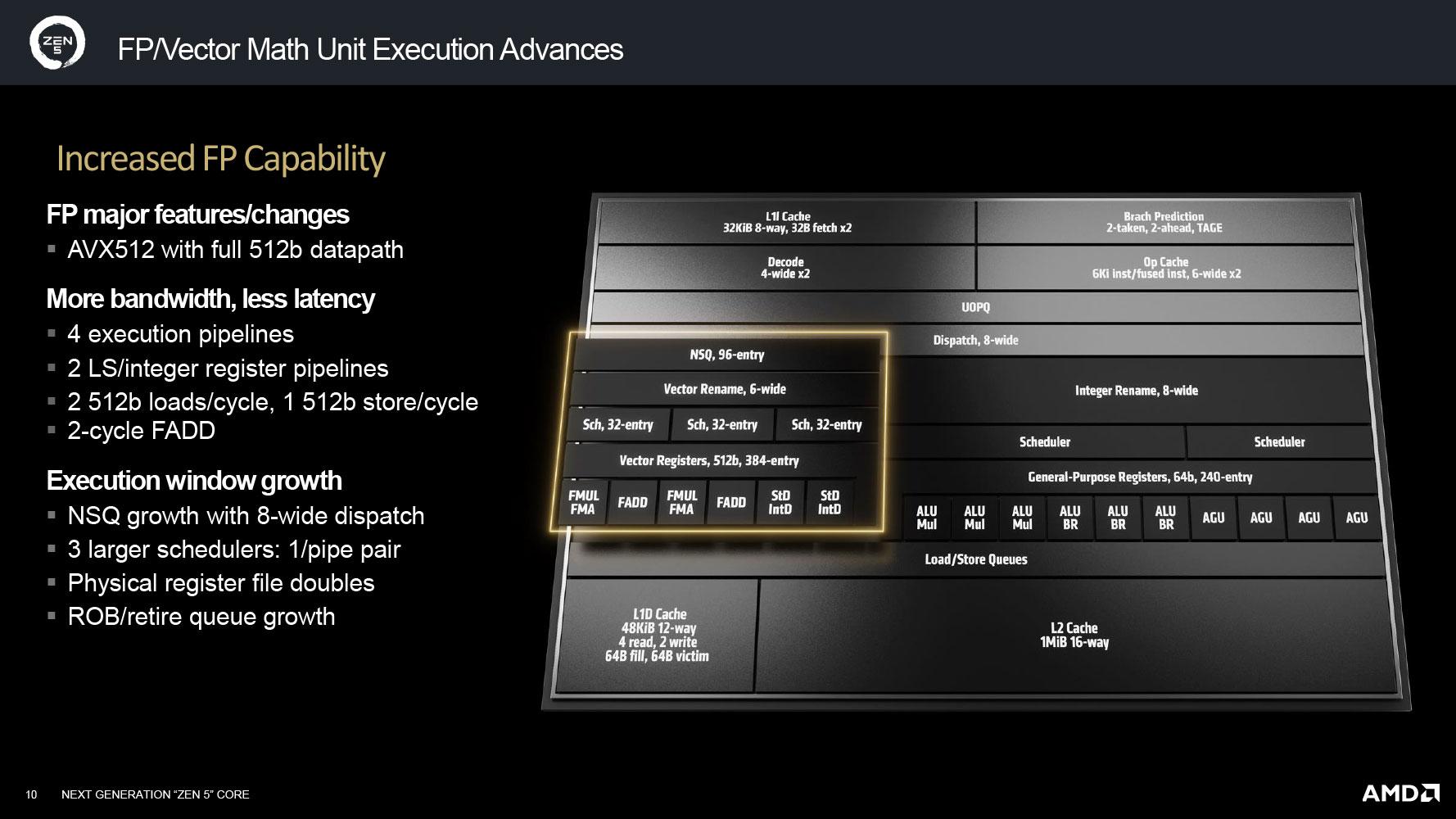
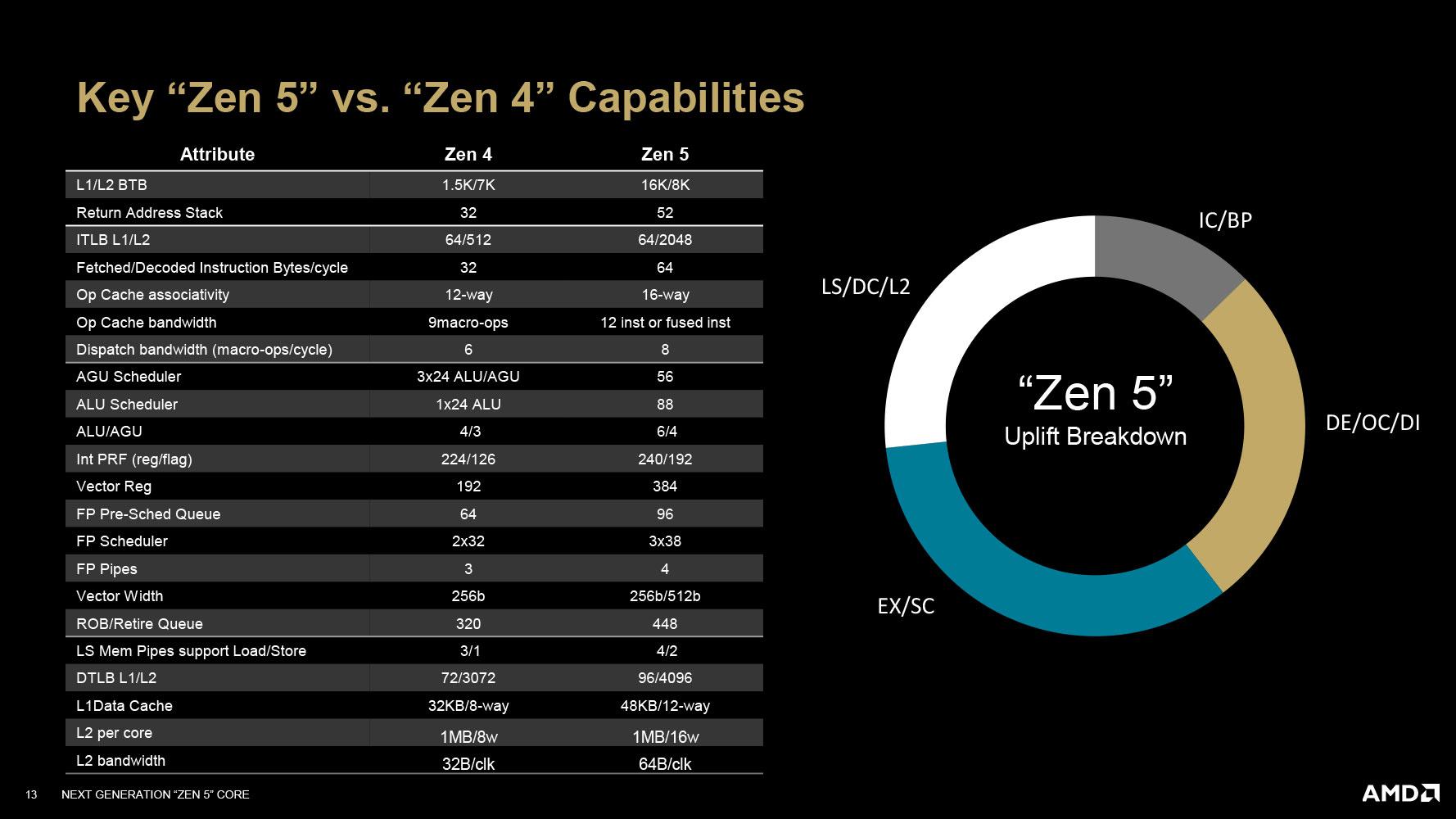
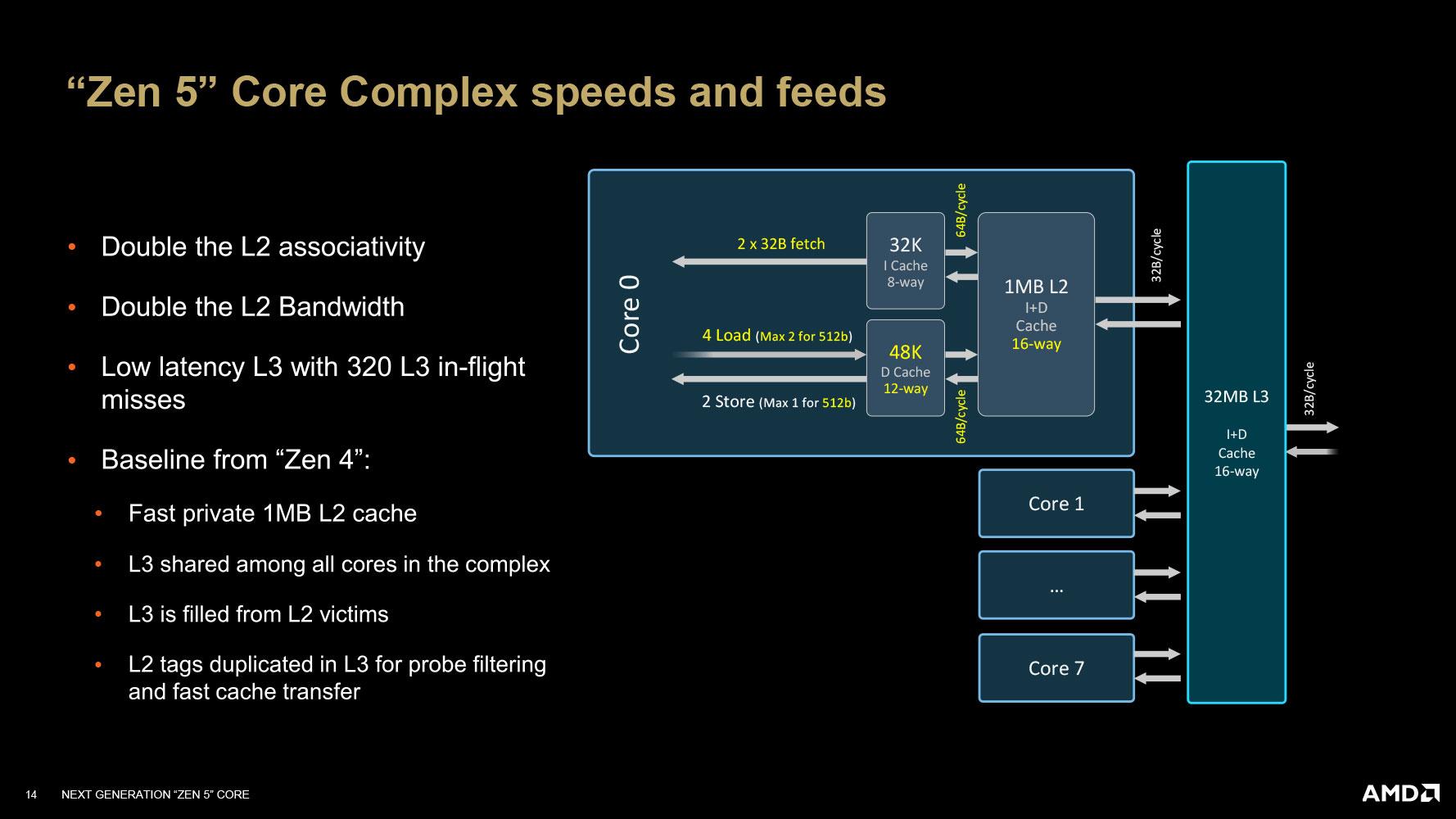
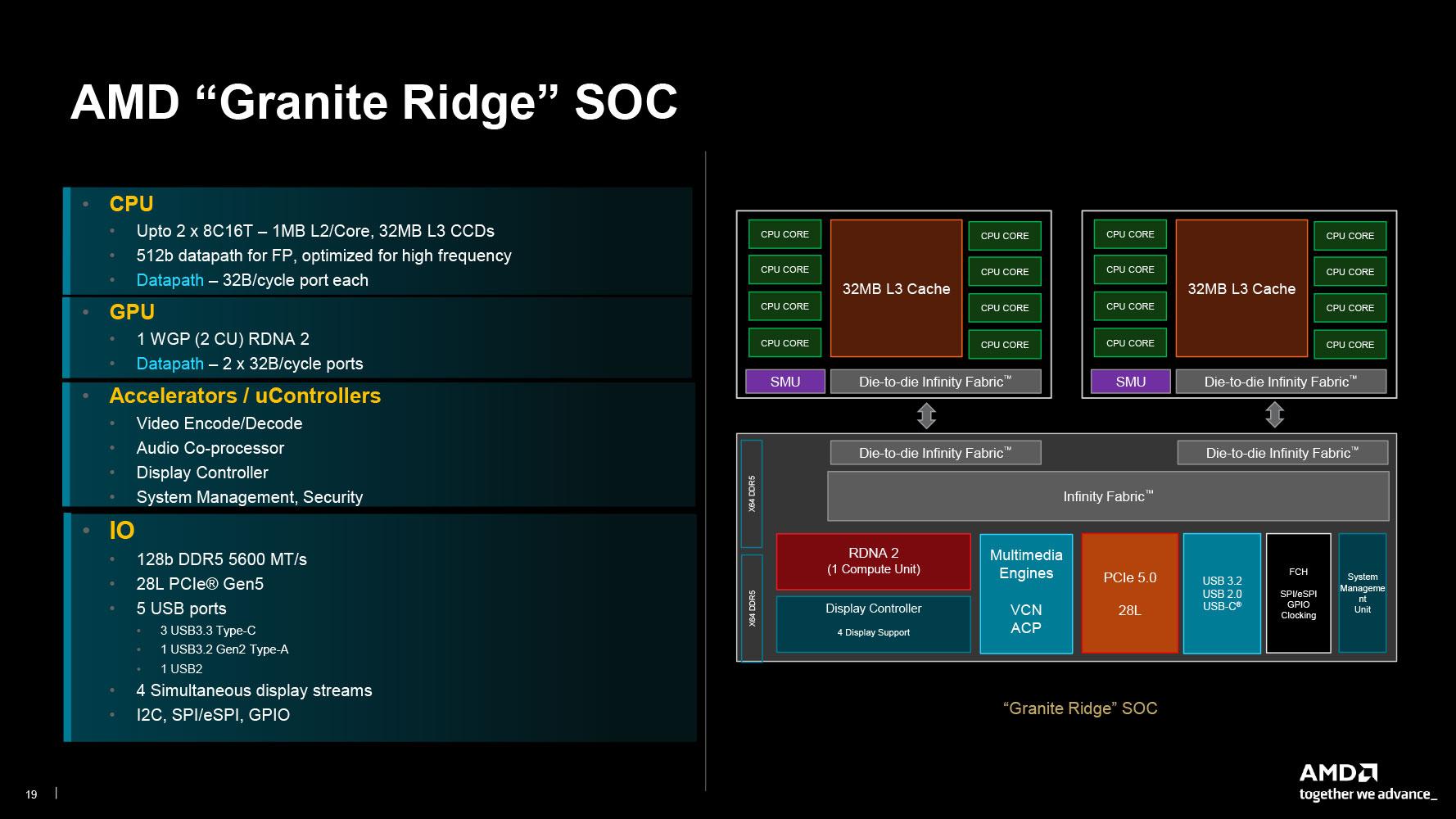
Featured Image
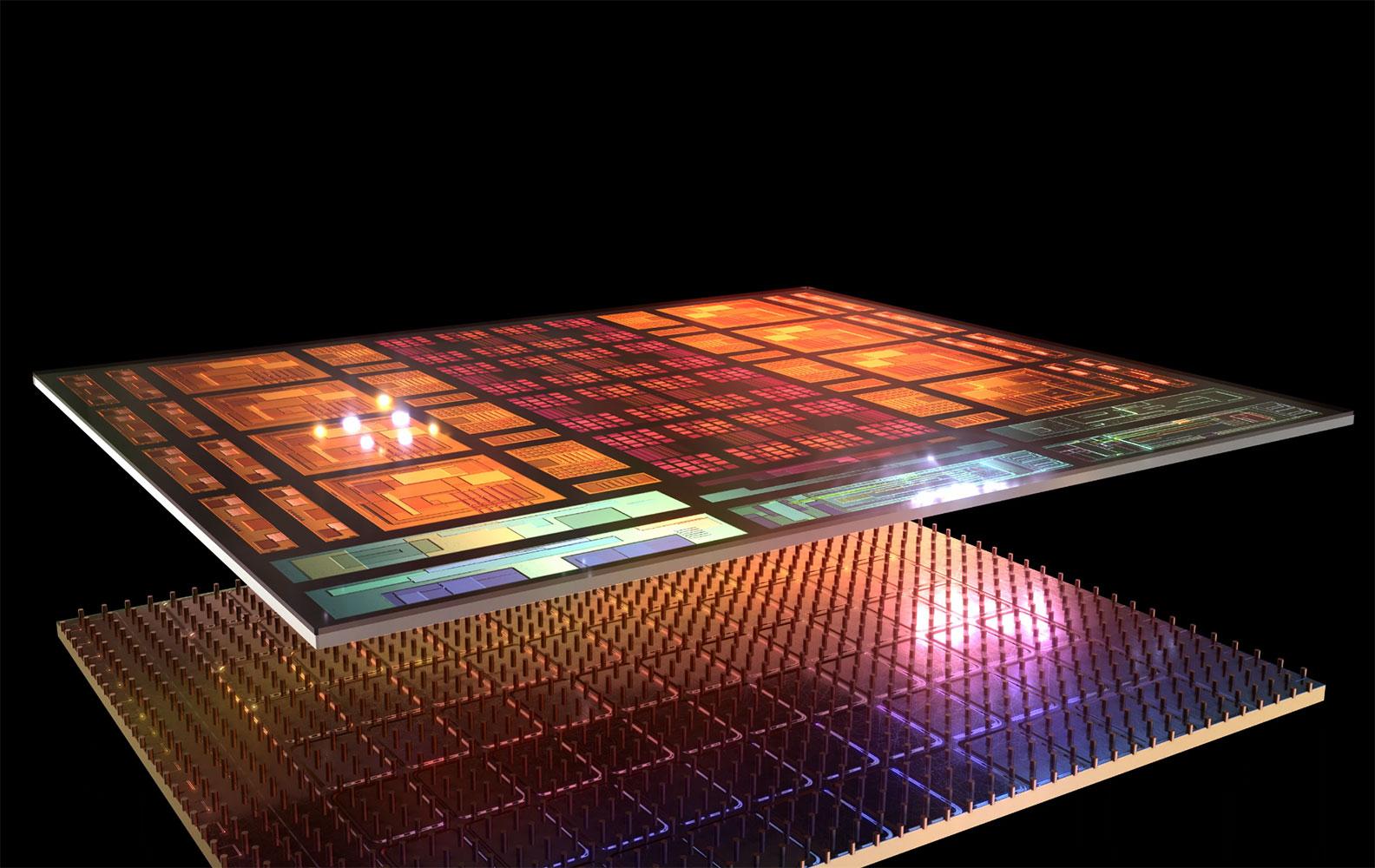
Add Comment:
Comments on a Post: AMD Ryzen 7 9800X3D Quick Review